
Review on 🔁 Speedefy K4 WiFi Router for Home, AC1200 Gigabit Dual Band Computer Routers for Wireless Internet, Extended Range Coverage, MU-MIMO, IPV6, Beamforming, AP Mode, Guest WiFi, and Parental Control by John Huskisson

A little advertised but very cool feature is the WISP mode!
We have an apartment that already offers WIFI for all owners and guests. However, since it's COVID time and we were working from home (or our second home in this case), I didn't like the idea of connecting to a shared WiFi for work purposes. So I started researching and looking for a router that would work like an extension cord, but still with its own firewall and DHCP. I liked the look of this Speedefy K4 with its large high gain antennas. I hate losing signal when I sit on the patio. I wasn't sure how/if I was going to get it to work the way I wanted and there wasn't enough documentation available, but the price was right so I took a chance. my existing WiFi network. It worked well. The app is very easy to use for the initial setup. I had to use the web interface to change the operation mode to universal repeater, but again it was very easy. This mode worked but gave me no firewall and disabled DHCP. Then I tried the WISP mode. I didn't try it at first because the one-line description of WISP mode is "In this mode, the router extends the WIFI signals from ISPs like Verizon, AT&T, and T-Mobile." It wasn't my scenario, but I have it tried anyway. Coincidentally, WISP mode does EXACTLY what I was looking for! It will ask you to select the "external" WiFi network you want to connect to, just like in universal repeater mode. The difference is that the firewall function remains active and DHCP is provided for "internal" WiFi network devices. This way the external WiFi only sees my router as a client and not all my devices. I set it up to connect to an external 5GHz network and I can still use 5GHz on the internal network. Now, of course, using a tape in this way effectively halves the bandwidth. With the 5 GHz band offering 867 Mbps, that's more than double what the ISP is offering (200 Mbps). I've added screenshots of the speed when my phone is connected to the router. The first screenshot is right next to where I installed it in the basement where I get full speed. The second screenshot is on the first floor, which is where I get about half. The third screenshot is on the second floor, which is where I get about a third of it. Lots more to stream and not bad for a router two floors down that is already using half the available bandwidth!
- GOLS certificate
- Only available in black
New products
Comments (0)
Top products in 📶 Wifi Routers
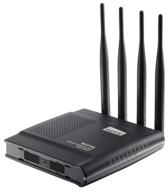
Wi-Fi router netis WF2780, black

111 Review
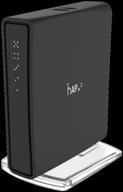
Wi-Fi router MikroTik hAP ac2, black

130 Review
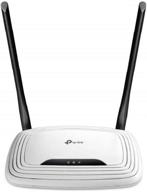
📶 Boost Your Wi-Fi Signal with TP-Link N300 Wireless Extender and Router - 2 High Power Antennas, Access Point, WISP, 300Mbps

216 Review
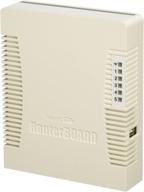
Gigabit Wireless AP RB951G-2HND 💻 Mikrotik with 1000mW Power and 5 Ports

124 Review
Another interesting products
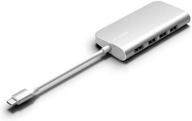
🔌 Juiced Systems Silver BizHUB USB-C Multiport Gigabit HDMI Hub with 3 USB 3.0 Ports, Gigabit Ethernet, 4K HDMI, SD/Micro SD, and USB-C Power Delivery

11 Review
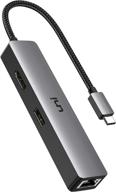
🔌 uni USB C Hub with Ethernet Adapter, 4K HDMI, Gigabit Ethernet, and 3 USB 3.0 Ports for MacBook Pro, iPad Pro, XPS

11 Review
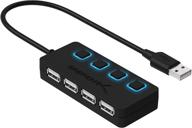
HB-UMLS Sabrent USB 2.0 Hub with 4 Ports and LED Power Switches for Each Port

12 Review
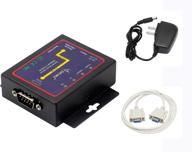
🔌 CERRXIAN RS232 to Ethernet Serial Device Server - TCP/IP Converter with 1Port DB9 RS232 Serial to Ethernet Connectivity

3 Review

